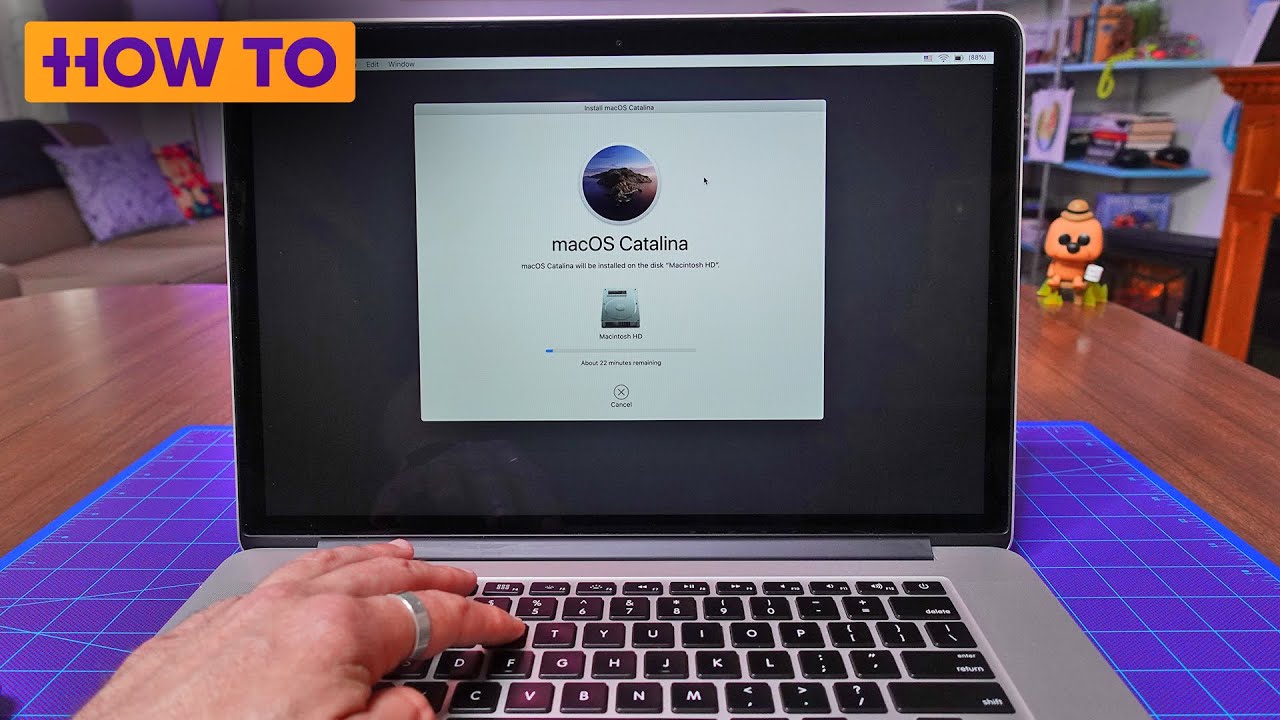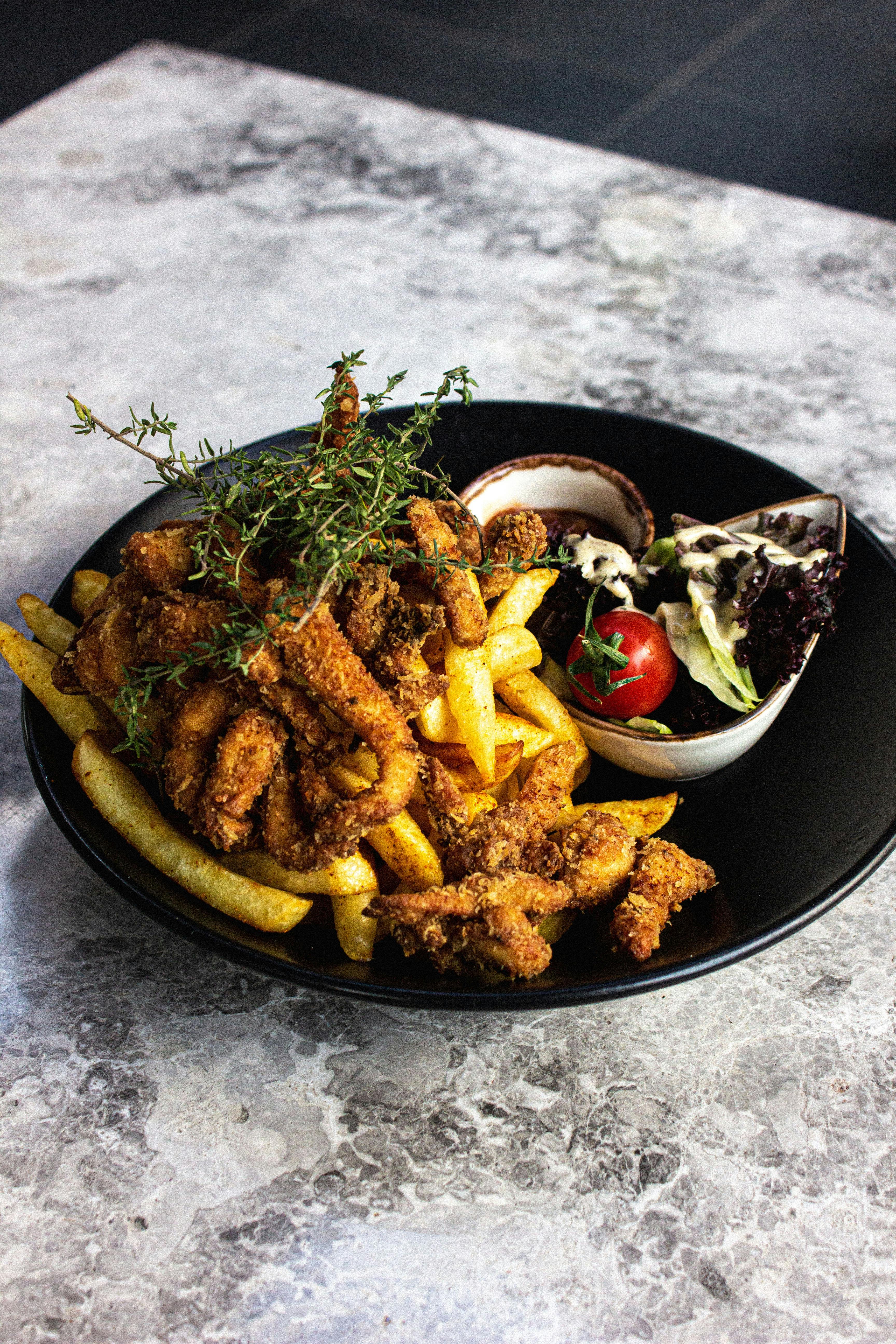
Essential Guide to Mastering How to Eat with Chopsticks
Eating with chopsticks is not merely a skill; it’s an art that spans centuries, with roots embedded deeply in Asian cultures. Understanding how to eat with chopsticks opens the doorway to a richer dining experience, particularly when indulging in sushi, noodles, or dumplings. This essential guide will introduce various chopstick techniques, including their grip and etiquette, providing a comprehensive understanding for both beginners and those looking to refine their skills.
As you navigate eating with chopsticks, you will find useful tips on selecting the right pair for different food types, as well as insights into the history and cultural significance of these utensils. Whether you are dining at a traditional Asian restaurant or enjoying takeout at home, mastering this technique can enhance your meal and impress your dining companions.
This guide will cover several key areas, including:
- Chopstick basics and history
- Techniques for proper chopstick grip
- Common mistakes to avoid
- Chopsticks etiquette in different cultures
- Practice tips for beginners and children
By the end, you will feel confident in your ability to use chopsticks and enjoy a variety of dishes with finesse. Let’s dive in!
Understanding Chopsticks: History and Styles
To truly appreciate using chopsticks, it's important to delve into their history. Originating from ancient China over 5,000 years ago, chopsticks were initially cooking tools before transitioning into utensils for eating. Various cultures have adapted chopsticks to their dining customs, resulting in unique styles and designs. Today, you'll find decorative chopsticks made from various materials such as bamboo, metal, and plastic, each having its own advantages.
In Japan, for instance, chopsticks are often shorter and tapered, while in Korea, they are typically metal and flat. These differences reflect the culture and cuisine served, showcasing the connection between chopsticks and the types of food they are paired with.
Understanding the different chopstick styles can enrich your dining experiences. Some popular types include:
- Bamboo Chopsticks: Traditional, lightweight, and eco-friendly.
- Metal Chopsticks: Durable and often used in Korean dining.
- Plastic Chopsticks: Commonly found in takeout eateries.
With such a rich background, the use of chopsticks is an expression of cultural pride. This knowledge naturally leads us to improved techniques for using chopsticks effectively.
Choosing the Right Chopsticks
Choosing the appropriate chopsticks for your needs is essential for achieving comfort and skill in using them. Here are key factors to consider:
- Material: Select between bamboo, metal, plastic, or even eco-friendly options based on your preference.
- Weight: Lightweight chopsticks are easier for beginners, while heavier ones can enhance the grip.
- Length and Thickness: Ensure the chopsticks are of a suitable size for your hands and the types of foods you frequently eat.
Additionally, practicing with adjustable chopsticks can be particularly advantageous for children or beginners learning the chopstick technique.

Techniques for Proper Chopstick Grip
Mastering the grip of your chopsticks is a crucial step in using them effectively to pick up food. Let’s break down the steps to achieve the perfect chopsticks grip:
Basic Holding Technique
Start with one chopstick nestled in the web of your thumb and index finger. The other chopstick should rest against your ring finger. Practice moving the upper chopstick while keeping the lower stationary. This motion creates the pinching action necessary for picking up food.
Grip Exercises
Practicing your hold can significantly enhance your dexterity. Here are some exercises:
- Picking Up Small Objects: Practice with small items like marbles or candies to refine your control.
- Chopsticks Practice with Food: Start with easier foods like pieces of soft fruits or vegetables, then gradually progress to more challenging foods like sushi or noodles.
Make sure to avoid common chopsticks mistakes such as crossing your chopsticks or applying too much pressure, which can make it challenging to pick up food.
Chopsticks Etiquette: Dining with Finesse
Proper use of chopsticks extends beyond just their mechanics; it also encompasses social norms and etiquette. Understanding Asian dining etiquette is vital to respect the cultural significance associated with these utensils:
General Etiquette Rules
- Do Not Point: Avoid pointing with your chopsticks as it is regarded as impolite.
- Stick Together: Do not use chopsticks to spear food; keep them together.
- Avoid Sticking: Avoid sticking chopsticks upright in a bowl of rice, as this mimics funeral rites.
In addition to these basics, being aware of chopsticks use in different cultures can help avoid unintentional disrespect during dining experiences.
Diverse Cultural Practices
Different cultures have unique practices surrounding chopstick use. For example, in Vietnam, it's common to use chopsticks for both holding food and serving it, while in Japan, it’s generally considered rude to share chopsticks directly from one person’s hand to another’s. Understanding these nuances can enhance your social interactions while dining.

Practical Tips for Beginners: Practicing with Chopsticks
For adults and children learning to eat with chopsticks, consistent practice is essential. Here are some engaging techniques to help:
Fun Learning Activities
Utilizing games and fun activities can make the process of learning how to use chopsticks enjoyable:
- Chopstick Challenges: Set up a mini-challenge to see who can pick up the most beans within a time limit.
- Crafting with Chopsticks: Involve children in creating crafts using chopsticks, which reinforces their handling skills.
In addition to games, using chopstick training tools can facilitate the learning process, helping to build confidence and coordination.
Adapting to Chopstick Usage
Different food types require specific techniques when using chopsticks. For instance, chopsticks for sushi necessitate a delicate touch to avoid squishing the rice, while chopsticks for noodles might require a firmer grip to prevent slippage. Engaging with different cuisines will provide further mastery, enriching your cultural appreciation and food enjoyment.
Q&A: Common Questions about Using Chopsticks
What’s the best way to practice using chopsticks?
Start with picking up large, easy-to-grasp food items like soft fruits. Gradually increase the difficulty to smaller or slippery foods.
Are there chopsticks designed for children?
Yes, there are adjustable and training chopsticks designed specifically for children, making learning easier and more fun.
What are common mistakes to avoid?
Avoid using chopsticks to spear food, as well as crossing or resting them improperly on the table.
How do I clean chopsticks properly?
Wash wooden and bamboo chopsticks using mild soap and warm water, and avoid soaking them. Metal and plastic chopsticks are often dishwasher safe but should be checked for any unique care instructions.
Conclusion
Mastering how to eat with chopsticks combines technique, etiquette, and cultural appreciation. With the tips provided in this guide, anyone, from beginners to seasoned practitioners, can enhance their chopstick proficiency. Practice frequently, respect dining customs, and enjoy exploring diverse Asian cuisines. Each meal becomes a delightful experience when you master the essential skill of using chopsticks.